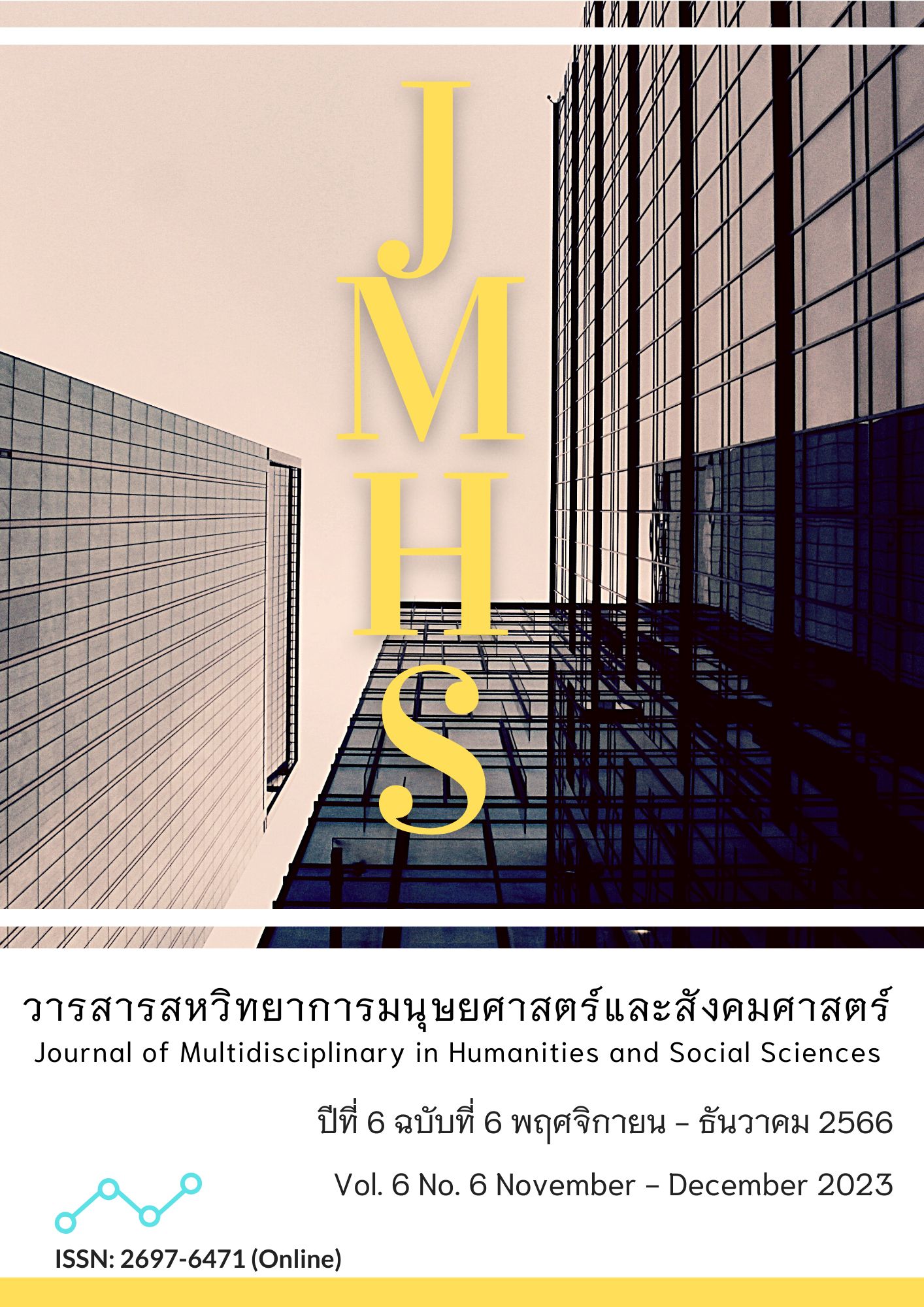Overcoming the Native Language Magnet Theory for Second Language Adult Learners
Main Article Content
Abstract
When learning a new language, most learners, if not all, desire to attain native-like fluency without noticeable foreign accentuation. However, despite being immersed in a native-speaking environment with daily social interaction with native speakers and exposure to mass media, some still speak with a recognizable accent that persists even after years. Does this make sense? The underlying root cause is believed to involve both the process of acquiring phonemes and the ability to reproduce them accurately. The Native Language Magnet Theory expanded (NLM-e) states that when adult listeners encounter an unfamiliar phoneme from a foreign language, they tend to perceive it as a sound similar to one of the phonemes from their own native language that is closest in pronunciation. Learners who are unable to accurately recognize a certain phoneme in a foreign language will struggle to correctly produce it. In addition, the more they practice, the more they reinforce their difficulties in perceiving it accurately. Consequently, their pronunciation may not improve or may even worsen over time. The detection of different phoneme pronunciations is subjective. It becomes more challenging for adult learners of French when taught by non-native French teachers, as their perception may be impaired. It was concluded that to overcome perception distortion from the Native Language Magnet effect that occurred at the brain neural network level, an adult learner needs to use alternate sensorial feedback other than an aurally distorted channel. The authors propose perception correction and training guidelines based on objective measurement and visualization of phoneme formants compared to native formant reference positions. This information provides ideas for correcting articulatory organ movements according to the differences observed.
Article Details

This work is licensed under a Creative Commons Attribution-NonCommercial-NoDerivatives 4.0 International License.
Views and opinions appearing in the Journal it is the responsibility of the author of the article, and does not constitute the view and responsibility of the editorial team.
References
Bosseler, A.N., Taulu, S., Imada, T., & Kuhl, P.K. (2011). Developmental changes in cortical rhythms to native and non-native phonetic contrasts. In Symposium presentation at the 2011 Biennial Meeting for the Society for Research in Child Development, Montreal, Canada, March 31 - April 2, 2011
Conboy, B. T., & Kuhl, P. K. (2011). Impact of second language experience in infancy: Brain measures of first and second language speech perception. Developmental Science, 14(2), 242-248.
Chomsky, N. (1959). A review of BF skinner's verbal behavior. Language, 35(1), 26-58.
Chomsky, N. (2000). The 'Chomsky an Era' (excerpted from the architecture of language). Retrieved from https://chomsky.info/architecture01/
Eimas, P. D., Siqueland, E. R., Juscyk, P., & Vigorito, J. (1971). Speech perception in infants. Science, 171(3968), 303-306.
Friederici, A. D., & Wartenburger, I. (2010). Language and brain. Wiley Interdisciplinary Reviews: Cognitive Science, 1(2), 150-159.
Gouin, F. (1880) L’art d’enseigner et d’étudier les langues. G. Flachbacher.
Goyal, P., Pandey S., & Jain K. (2018). Deep learning for natural language processing: Creating neural networks with python. Apress.
Imada, T., Zhang, Y., Cheour, M., Taulu, S., Ahonen, A., & Kuhl, P. K. (2006). Infant speech perception activates Broca's area: A developmental magnetoencephalography study. Neuroreport, 17(10), 957-962.
Krashen, S. D. (1981). Second language acquisition and second language learning. Oxford: Pergamon.
Kresge, D. J. (2008). Missionary english teaching: The english language, western culture, and christianity(Thesis). Liberty University.
Kuhl, P. K. (2004). Early language acquisition: Cracking the speech code. Nature Reviews Neuroscience, 5, 831-843. DOI:10.1038/nrn1533
Kuhl, P. K. (2010). Brain mechanisms underlying the critical period for language: Linking theory and practice. In Proceedings of Working Group 27-28 October 2010. (pp. 33-59). Retrieved from https://www.pas.va/en/publications/scripta-varia/sv117pas.html
Kuhl, P. K., Conboy, B. T., Coffey-Corina, S., Padden, D., Rivera-Gaxiola, M., & Nelson, T. (2008). Phonetic learning as a pathway to language: New data and Native Language Magnet Theory Expanded (NLM-e). Philosophical Transactions: Biological Sciences, 363(1493), 979-1000. Retrieved from http://www.jstor.org/stable/20208483
Marcel, C. (2016) Language as a means of mental culture and international communication: or, manual of the teacher, and the learner of languages; Volume 1. Wentworth.
Maye, J., & Gerken, L. (2000, March). Learning phonemes without minimal pairs. In Proceedings of the 24th annual Boston University Conference on Language Development, 2, 522-533.
Maye, J., Weiss, D. J., & Aslin, R. N. (2008). Statistical phonetic learning in infants: Facilitation and feature generalization. Developmental Science, 11(1), 122-134.
Pascalis, O., de Haan, M., & Nelson, C. A. (2002). Is face processing species-specific during the first year of life? Science, 296(5571), 1321-1323.
Prendergast, T. (2015) The mastery of languages, or the art of speaking foreign languages idiomatically. Andesite.
Perfors, A., & Dunbar, D. (2010). Phonetic training makes word learning easier. Cognitive Science Society.
Richards, J. C., & Rodgers, T. S. (2014). Approaches and methods in language teaching. New York: Cambridge University.
Scovel, T. (1988). A time to speak: A psycholinguistic inquiry into the critical period of human speech. Cambridge, MA: Newbury House.
Simensen, A. M. (2007). Teaching a foreign language. Bergen: Fagbokforlaget.
Werker, J. F., & Tees, R. C. (1984). Cross-language speech perception: Evidence for perceptual reorganization during the first year of life. Infant Behavior and Development, 7(1), 49-63.


